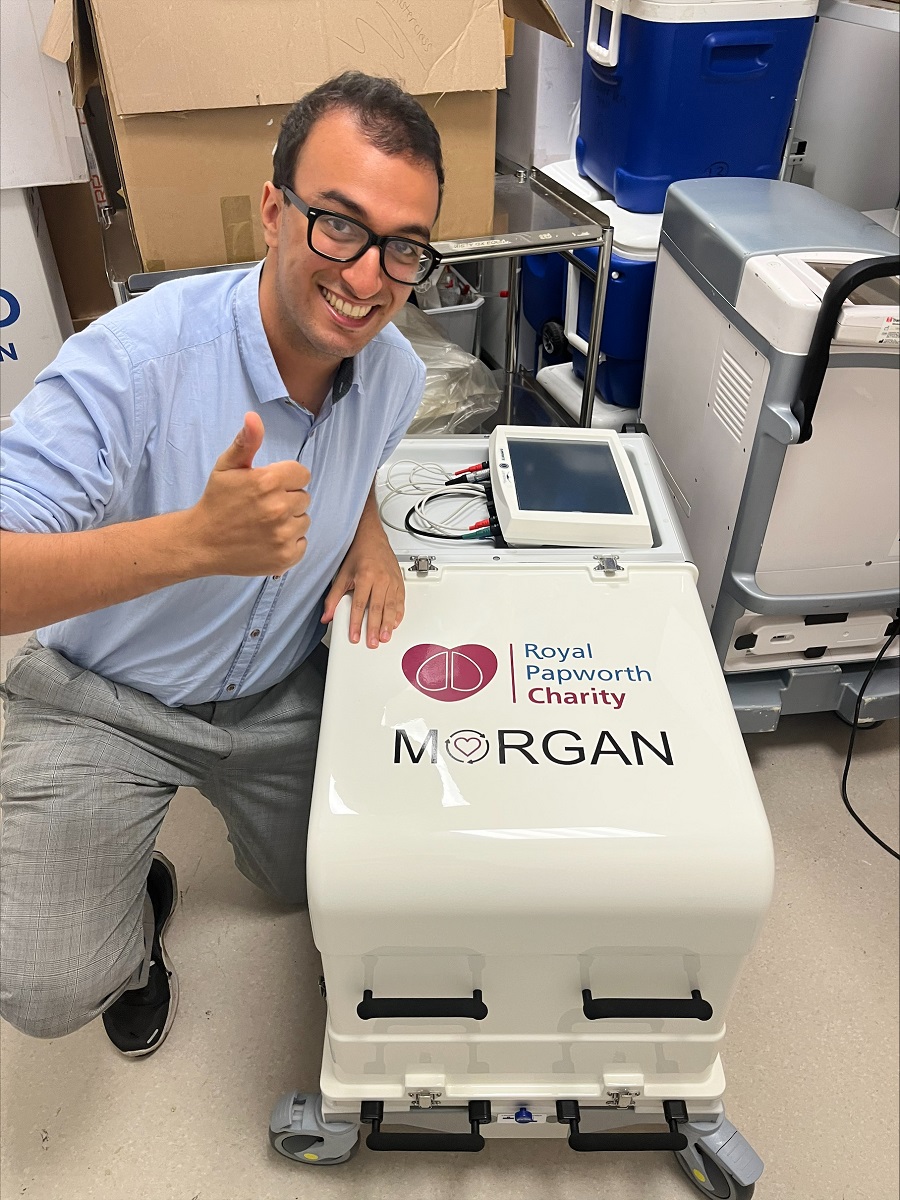A re-perfused non-beating heart can provide similar long-term donation success when compared to the conventional heart beating donor, according to a journal article by Gonville & Caius College student John Louca (Medicine 2017).
Most heart transplants are carried out from brain dead, heart-beating donors where the brain is no longer working, but the donor’s heart is still beating and is still getting oxygen.
In 2014 the use of non-heart beating donors was reintroduced by an Australian team. The only other previous case in adults was performed in 1967. It had been thought it would not work, but subsequent data has shown there seems to be no difference in the success rate.
Now a team at Papworth, including clinical medic John, in his sixth year at Caius, re-perfused a heart – restored blood flow to a non-beating heart by setting up circulation – and the study has been repeated at centres in the United States, Spain and Belgium. The team’s findings have been published in eClinical Medicine, part of the Lancet Publishing Group: https://www.sciencedirect.com/science/article/pii/S2589537023000640.
“It’s looking like it could be similar to conventional transplantation, which just 10 years ago people thought was impossible,” says John, an Ackroyd scholar at Caius.
“It could be quite a big step for heart transplantation. This does work and it’s effective, and we need to do it more. It could result in more heart transplants, which is a big issue. A lot of patients die on the waiting list for a donor.”
In 157 cases in total in the paper, there were 14 post-operative deaths.
John, pictured, says some have expressed ethical concerns over the procedure, but he says it is not going to revive a patient already declared dead. 
“When people see how effective is, they’ll have to take a step back,” he says. “The patient is legally declared dead and to not use the technique would be to do the donor a disservice and not fulfil their last wishes to the best of our ability. Who has the authority to deny the donor’s right to give and recipient to receive this gift?
“It’s our job to convince everyone that this works, because ultimately it benefits the patients and it is a really solid technique.”
John worked under Mr Stephen Large at Royal Papworth Hospital in Cambridge on the study, which has primarily been a data analysis role.
“It’s been a very valuable experience coordinating with the other centres,” John adds.
He worked with other Caians, Nirav Patel and Rohan Sanghera (both Medicine 2017), on the project.
The research has encouraged John to consider a career as a cardiac surgeon, praising the mentors he has had at Papworth, including Mr Large and Simon Messer, now a consultant in Glasgow.
“It’s a really good group and I’m very lucky to have met them and be able to be part of their lab,” John adds.
:: For the full article, visit: https://www.sciencedirect.com/science/article/pii/S2589537023000640

